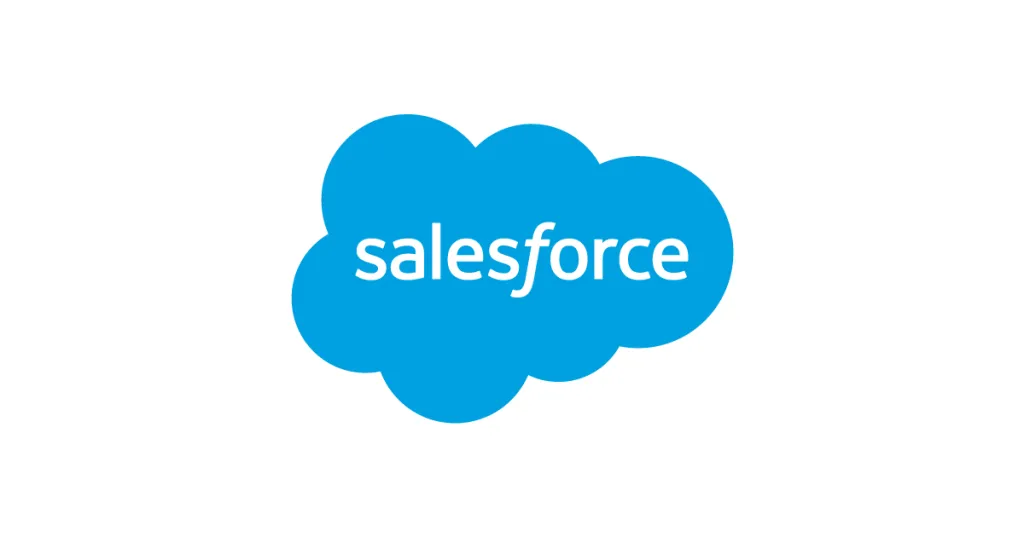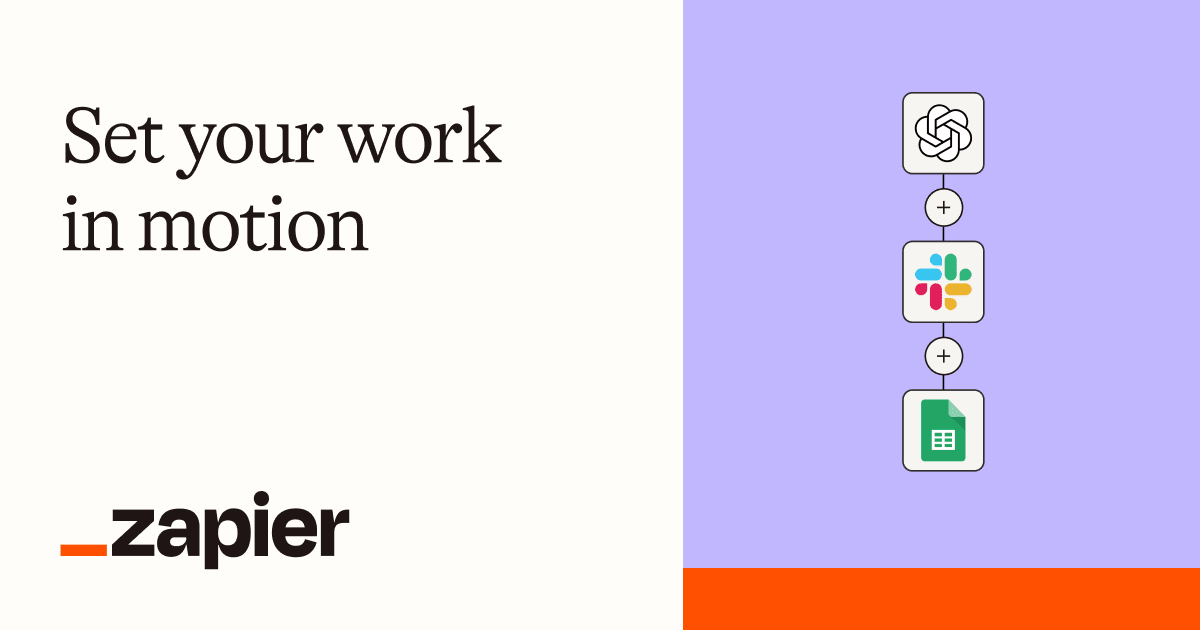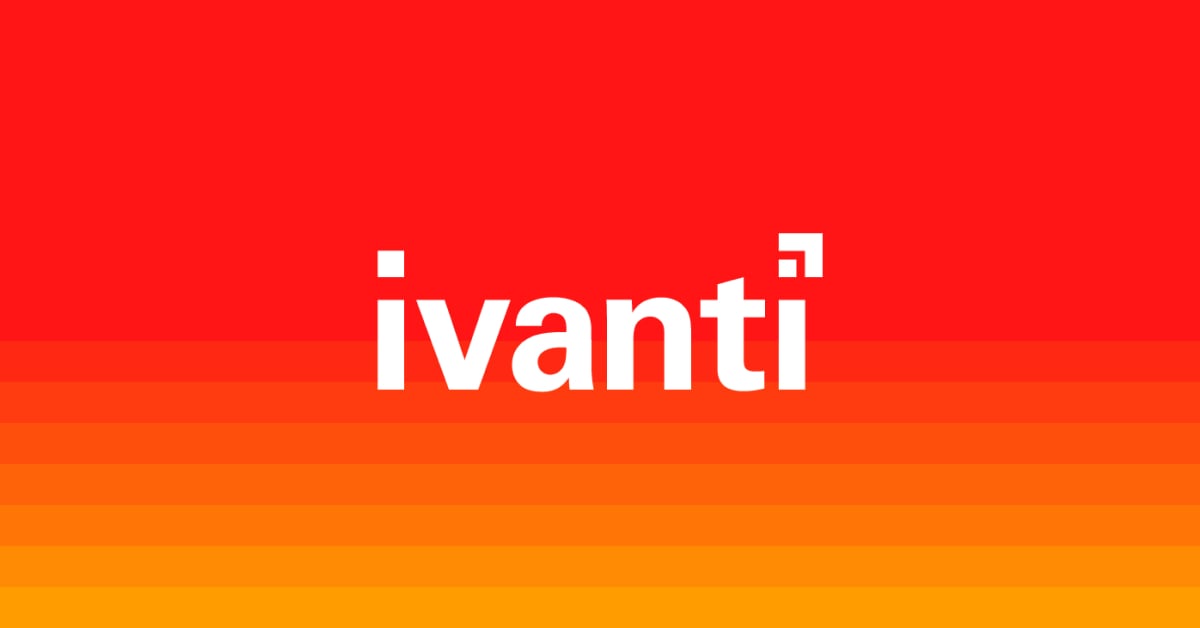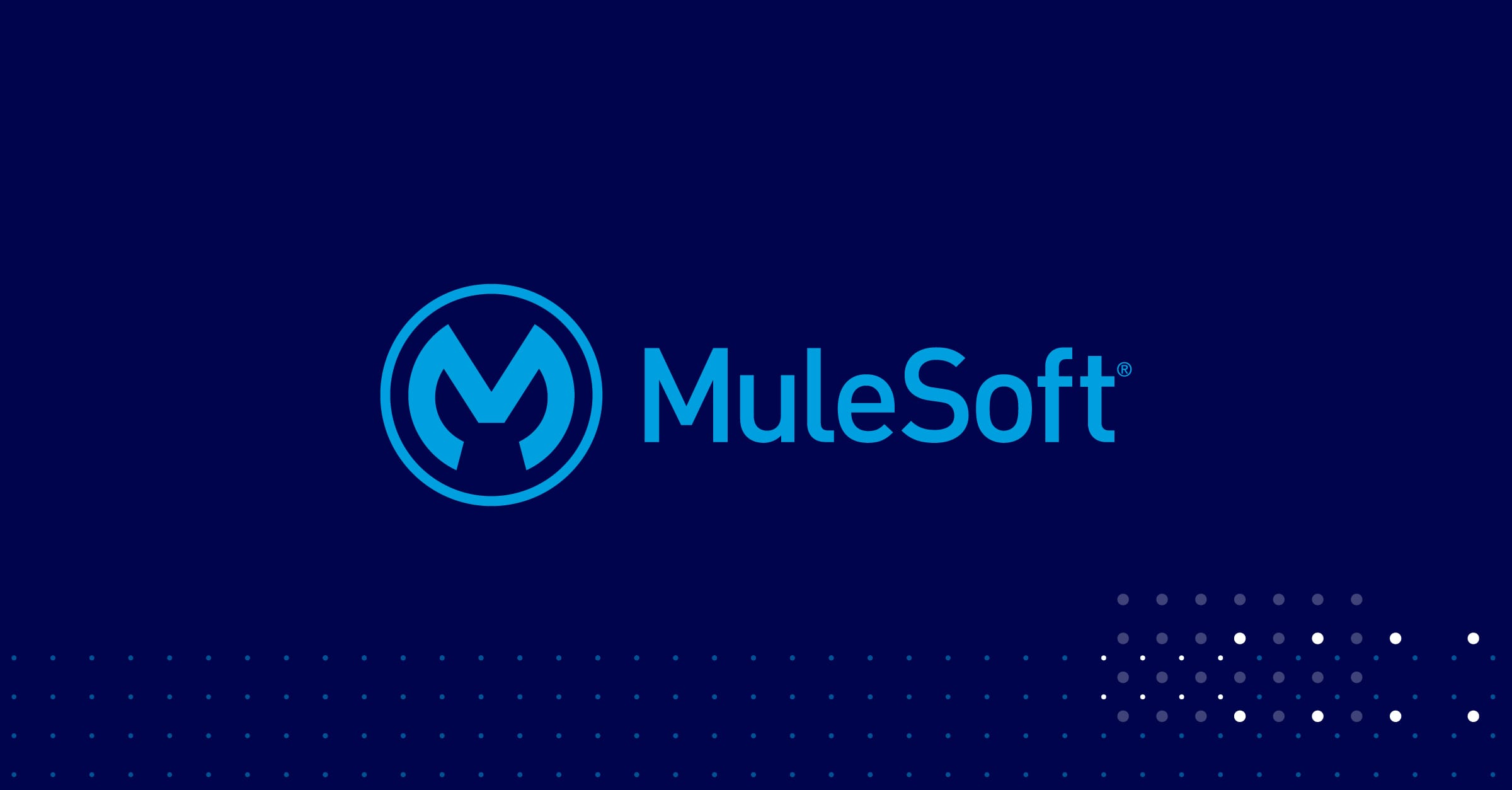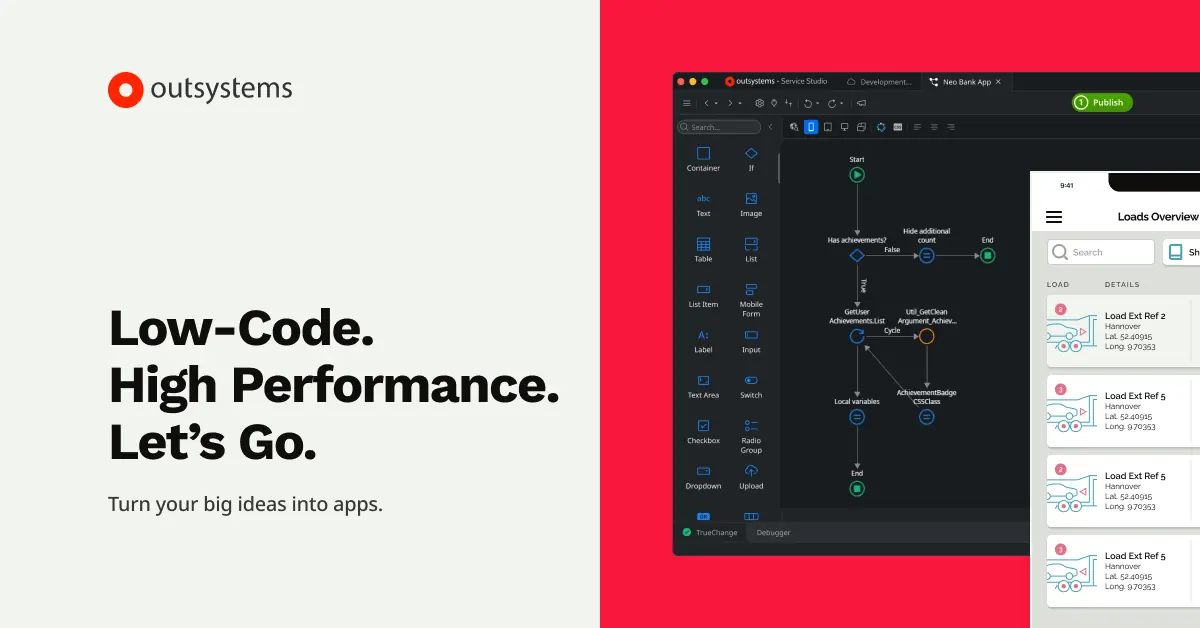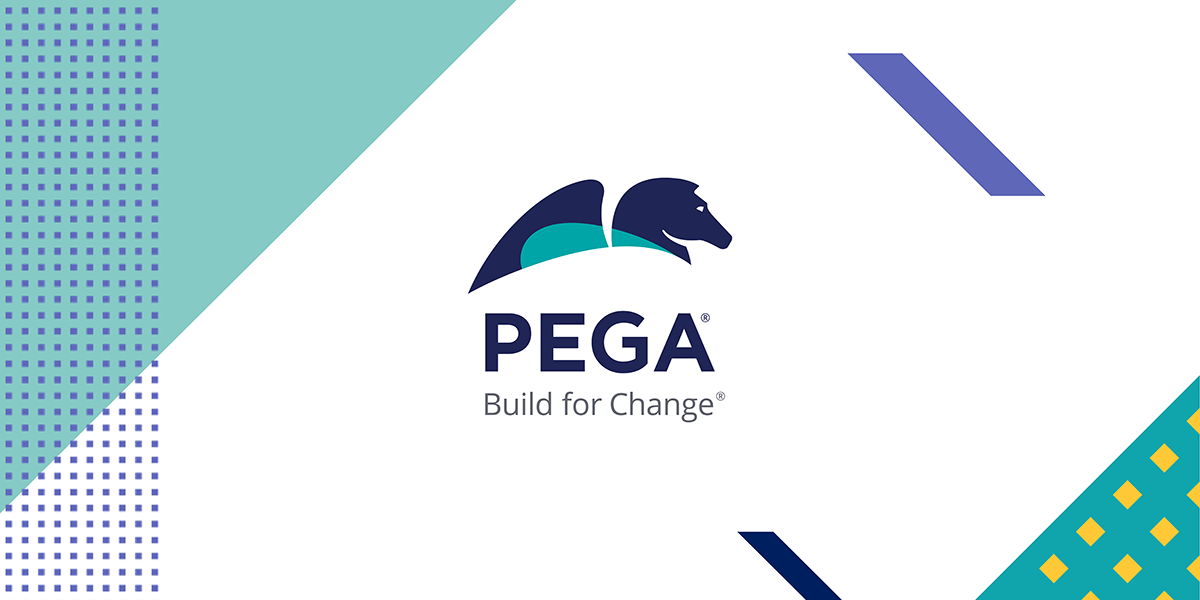Introduction
Workflow automation software has seen tremendous growth in adoption over the past few years as organizations across industries recognize the strategic importance of optimizing processes, managing change and driving efficiencies. According to a Gartner report, the global RPA software revenue is projected to reach $2.4 billion in 2023. In this blog, we evaluate 15 of the most robust and mature workflow automation platforms based on key capabilities, customer base, third-party reviews and commitment to innovation.
Methods of Evaluation
To evaluate and rank the top workflow automation software, we considered parameters like features and functionality, customer ratings and reviews, market traction factors like number of customers, revenue, geographic presence as well as online visibility metrics such as backlinks, website traffic and keyword search trends. Platforms were analyzed based on their offerings for business process management, robotic process automation, case management, task/project management, reporting and analytics. Special attention was given to platforms supporting complex enterprise workflows, orchestration capabilities, security and compliance features.
1. Adobe Workfront
Adobe Workfront is a leading workflow automation software created by Adobe. With over 20 years of experience in digital content creation and customer experience, Adobe brings its expertise to workflow management. Adobe Workfront allows teams to manage complex work processes, track progress, and deliver results on time and on budget.
Pros: Some key advantages of Adobe Workfront include:
– Integrated platform for collaborative workflows across departments and teams.
– Strong project and work management capabilities to track deadlines, dependencies and resources.
– Detailed reporting and analytics on workflows, work insights, and completed tasks.
Cons: One potential disadvantage is that as a larger established platform, Adobe Workfront may have a slightly higher learning curve and price compared to some smaller competitors.
Pricing: Adobe Workfront pricing starts at $50 per user per month for the basic Professional plan for teams of up to 10 users. Additional package options include the Team plan for $75 per user and Enterprise plan for customized quotes.
Some key stats about Adobe Workfront include:
– Used by over 3,000 global brands such as AT&T, ViacomCBS, and Nestle.
– Supports over 1.5 million users worldwide.
– Integrates with over 150 apps including Adobe Creative Cloud, Microsoft, and Slack.
2. IBM Cloud Pak for Business Automation
IBM Cloud Pak for Business Automation is IBM’s flagship workflow automation and intelligent process automation software. It combines capabilities for robotic process automation (RPA), business process management (BPM), and artificial intelligence (AI) into a single integrated suite.
Pros: Some key advantages of IBM Cloud Pak for Business Automation include:
– It offers an integrated automation suite from a global technology leader in IBM
– Combines RPA, BPM, and AI capabilities into a single platform for end-to-end process automation
– Provides wide industry coverage and pre-built accelerators for key verticals
– Backed by IBM’s global services and support network
Cons: A potential disadvantage is that as an integrated suite from a large enterprise vendor, IBM Cloud Pak for Business Automation may have a higher total cost of ownership compared to best-of-breed point solutions from smaller vendors.
Pricing: IBM Cloud Pak for Business Automation pricing varies based on the number of automated processes, users, and desired functionality. It is typically sold through annual software licenses and maintenance contracts. Contact IBM sales for a custom quote.
Some key stats about IBM Cloud Pak for Business Automation include:
– Used by over 3000 global enterprises
– Supports over 80 leading industries
– Automates over 1 billion processes annually
– Integrates 200+ pre-built capabilities for RPA, BPM, AI, and more
3. Salesforce
Salesforce is a leading CRM platform for managing relationships and processes with customers. The platform offers robust workflow automation capabilities through its Workflow utility. Workflows in Salesforce allow automation of common business processes and routing of records between users based on certain criteria. Users can visually design workflows using the intuitive interface without writing any code.
Pros: Key advantages of Salesforce’s workflow automation include: – Being the #1 CRM, workflows are deeply integrated into the platform. – Visual drag-and-drop workflow designer makes setup easy for both admins and business users. – Large ecosystem of partners offering pre-built workflow templates for common uses cases.
Cons: A potential disadvantage is that workflows in Salesforce are proprietary to the platform. Workflows built in Salesforce may not be portable to other systems.
Pricing: Salesforce offers different pricing plans for workflows based on the specific Needs. Workflows are included in all pricing tiers for standard CRM functionality. Additional costs may apply for advanced use cases or large volume of workflows.
Some key stats about Salesforce’s workflow automation capabilities: – Over 150,000 customers globally use Salesforce workflows. – Workflows can be used to automate over 90 common business processes out of the box. – Integration of workflows across all Salesforce clouds including Sales Cloud, Service Cloud, Marketing Cloud etc.
4. SAP
SAP is a leading provider of enterprise application software, software-related services, and cloud-based solutions. SAP provides many solutions to help with workflow automation including their flagship ERP system SAP S/4HANA as well as standalone offerings like SAP Workflow Management and SAP Process Orchestration.
Pros: Key advantages of SAP’s workflow automation software include: A leading ERP with deep workflow automation capabilities out of the box. Powerful suite of BPM, BPI and RPA products that integrate well together. Large customer base and specialized offerings for various industries like manufacturing, retail, utilities and more.
Cons: The main disadvantage is the large deployment costs typically associated with an enterprise solution from SAP. SAP solutions also require significant investment in training, implementation and support ongoing which leads to higher total cost of ownership compared to some competitors.
Pricing: Pricing for SAP solutions depends on the specific products, modules, users and transaction volumes required. SAP S/4HANA pricing starts at $5,000 per user per year. Standalone products like SAP BPM and SAP Process Orchestration are additionally priced per process, user or deployment. SAP also offers subscription and cloud deployment models.
Some key stats about SAP’s workflow automation offerings: SAP S/4HANA is installed at over 16,000 customers worldwide. SAP Process Orchestration is used by over 3,000 customers to automate complex workflows. The SAP BPM product has over 12,000 customers. SAP is a leader in the Gartner Magic Quadrant for Intelligent Business Process Management Suites.
5. Broadcom
Broadcom offers a robust workflow automation platform to help businesses streamline workflows and processes. Their platform integrates tightly with Broadcom’s broad portfolio of enterprise and mainframe solutions.
Pros: Some key advantages of Broadcom’s workflow automation platform include:
– Powerful mainframe workflow solutions
– Deep integration with Broadcom’s broad portfolio of mainframe and enterprise solutions
– Strong adoption among financial services enterprises for mission critical workflows
Cons: A potential disadvantage is that the platform is primarily geared towards large enterprises and may have a higher total cost of ownership compared to some other options
Pricing: Broadcom offers flexible pricing models for their workflow automation platform including annual subscriptions and perpetual licenses. Pricing is typically based on number of workflows, users, and additional modules/integrations required.
Some key stats about Broadcom’s workflow automation platform include:
– Used by over 500 large enterprises globally including many Fortune 500 companies
– Supported over 10,000 concurrent users on a single deployment
– Achieved over 25% reduction in processing time for business critical workflows
6. Zapier
Zapier is a popular workflow automation tool that allows users to connect different apps and services together. Founded in 2011 and based in San Francisco, Zapier helps users save time by automating repetitive tasks across many different apps and services. With over 1500 app integrations supported, Zapier offers one of the broadest selections of supported apps in the automation space.
Pros: Some of the key advantages of Zapier include:
– Very intuitive and easy to use interface that requires no coding knowledge.
– Supports both simple one-step workflows as well as complex multi-step processes.
– Wide selection of supported apps and integrations that covers most common SaaS tools.
Cons: One potential disadvantage of Zapier is that it is primarily focused on simple IFTTT-style automation rather than full-fledged workflow management.
Pricing: Zapier offers three pricing tiers – Free, Pro, and Team. The Free plan offers up to 5 automated workflows. The Pro plan starts at $20/month and offers unlimited workflows. The Team plan starts at $99/month for 3 members.
Some key stats about Zapier include:
– Supports over 1500 app integrations including popular apps like Google Workspace, Slack, Dropbox, Hubspot, and many more.
– Serves over 15 million users globally.
– Processed over 1 trillion automations since launch.
7. MindBody
Mindbody is the leading provider of software solutions for health, wellness and beauty businesses. Founded in 2001, Mindbody provides an all-in-one business management software that helps tens of thousands of wellness businesses manage their operations. Their flagship software automates key workflows for scheduling, point-of-sale, client management and more.
Pros: Key advantages of Mindbody software include:
– Market leader with over 20 years of experience in wellness industry software
– Fully automated workflows for core business operations like scheduling, payments, and client management
– Ready-made templates and solutions for common wellness business operations and packages
– Integrations with leading POS systems and payment gateways for seamless transactions
Cons: One potential disadvantage of Mindbody is the cost, as their pricing starts at $99/month which may be prohibitive for some very small businesses.
Pricing: Mindbody offers different pricing tiers to suit businesses of all sizes:
– Essentials: $99/month – Best for solopreneurs and small studios
– Studio: $149/month – Adds marketing tools and analytics
– Pro: $249/month – Advanced features for medium/large studios
– Enterprise: Custom pricing – For large franchises and multi-location businesses
Some key stats about Mindbody include:
– Over 60,000 businesses currently use Mindbody software globally
– Processes over 1 billion appointments and payments annually
– Has over 500 employees across offices in the US, UK and Australia
8. UiPath
UiPath is an established leader in robotic process automation (RPA) software. Founded in 2005 in Romania, UiPath has become the leading RPA platform, used by over 8,000 enterprise customers worldwide.
Pros: Some key advantages of UiPath include:
– Supports both attended (user assisted) and unattended (userless) robotic processes
– Strong AI/ML capabilities including computer vision and natural language processing
– Provides a full range of enterprise features such as orchestration, monitoring, management and security
Cons: One potential disadvantage is that UiPath is primarily focused on RPA. It does not have capabilities in other areas like low-code application development compared to some competitors.
Pricing: UiPath offers flexible pricing plans including:
– Monthly/annual subscriptions based on the number of robots
– On-premises licensing and SaaS options
– Free developer license for non-production use
– Various enterprise/volume licensing deals available
Some key stats about UiPath include:
– More than 8,000 enterprise customers including over 50% of the Fortune 500
– Support for over 250 pre-built connectors and technologies
– Processes over 4 billion tasks annually across various industries
9. Ivanti
Ivanti is an IT software company that offers solutions for unified endpoint management, enterprise service management, and cybersecurity. Their flagship product is Ivanti Neurons for IT Operations, which provides IT asset management, remote monitoring and management (RMM), endpoint management and security, and workflow automation capabilities through a single integrated cloud platform. With Ivanti Neurons, IT teams can get a complete view of all their endpoints, troubleshoot and resolve issues remotely, and automate routine IT tasks to optimize operations.
Pros: Some key advantages of Ivanti Neurons for IT Operations include:
– Single integrated platform for IT asset management, endpoint management, security and workflow automation
– Real-time device discovery and inventory of all managed assets
– Robust remote monitoring and management capabilities for easy remote troubleshooting and repairs
– Endpoint security features like antivirus, antimalware, firewall and more
– Intelligent automation of repetitive IT tasks through configurable workflows
Cons: A potential disadvantage is that Ivanti Neurons for IT Operations is more full-featured and robust than some smaller businesses or organizations may need, making it a more expensive option.
Pricing: Ivanti Neurons for IT Operations pricing starts at $2.50 per endpoint per month for professional services. It also offers flexible annual or multi-year contracts. Additional premium security, management and service capabilities are available as add-on modules with per-endpoint pricing.
Some key stats about Ivanti’s flagship product Ivanti Neurons for IT Operations include:
– Manages over 60 million endpoints globally
– Used by over 40,000 customers worldwide
– Supports all major desktop and server operating systems including Windows, macOS, Linux, iOS and Android
– Provides security and management for over 1.4 billion applications
10. Anypoint Platform
Anypoint Platform is an integration platform as a service (iPaaS) created by MuleSoft. As a leader in the iPaaS market, Anypoint Platform allows users to connect any application, data source or API, both on-premises and in the cloud.
Pros: Some key advantages of Anypoint Platform include:
– Leader in iPaaS and integration platform technology
– Open platform for building API-led connectivity between applications and data sources
– Supports complex workflows and orchestrations through a visual drag-and-drop interface
Cons: A potential disadvantage is that the platform has a relatively high learning curve for more complex integrations and workflows compared to some simpler iPaaS solutions.
Pricing: Anypoint Platform pricing starts at $1,250/month for up to 5 users with additional pricing tiers based on the number of users and level of support required. There is also an free tier available for development/testing purposes.
Some key stats about Anypoint Platform include:
– Used by over 1,200 enterprise customers including large organizations like Coca-Cola, Netflix, and IBM
– Processes over 1 trillion APIs calls per month
– Supports over 80 connectors out of the box to popular SaaS apps and databases
11. PMG
Planview is a leading provider of portfolio and work management solutions. Founded in 1990, Planview helps organizations break down silos and align to strategies to deliver value at scale. With support for over 4 million users worldwide, Planview provides a comprehensive platform for project and portfolio management.
Pros: Some key advantages of Planview include:
– Well-rounded platform for project and portfolio management covering all aspects from planning to resource management to reporting
– Strong capabilities for workflow automation of various processes like projects, tasks, resources etc.
– Templates and configurations for common methodologies like agile, waterfall, stage-gate etc. making it suitable for various project types
Cons: One potential disadvantage could be the learning curve required to utilize all the capabilities of the large platform. It may take time for new users to get familiar with the various modules and configurations.
Pricing: Planview pricing is based on the modules and features required. The starting tier starts from $50 per month per user. Additional modules like resource management, professional services automation etc. have separate pricing. There are also enterprise licensing options for larger deployments.
Some key stats about Planview include:
– Over 30 years in business providing portfolio and work management solutions
– Supports over 4 million users globally across various industries
– Customers include 80% of Fortune 100 companies
– Integrates with various collaboration tools like Slack, Jira, Microsoft Teams etc.
12. OutSystems
OutSystems is an enterprise low-code application development platform known for its workflow automation capabilities. Founded in 2001 and headquartered in Portugal, OutSystems has thousands of customers globally across various industries.
Pros: Some key advantages of OutSystems include:
– Known for its low-code app development capabilities which allow both technical and non-technical users to build applications quickly
– Strong workflow capabilities as part of its development platform which make it suitable for workflow automation
– Support for complex workflows and enterprise-grade deployments making it capable of handling large-scale production workflows
Cons: A potential disadvantage is that like all low-code platforms, there may be a learning curve for more complex customizations or integrations compared to traditional development.
Pricing: OutSystems pricing starts with a free developer edition. Paid plans include Professional (starts at $50/developer/month), Team (starts at $75/developer/month) and Enterprise (custom pricing). It also offers packaged workflow automation solutions.
Some key stats about OutSystems include:
– Used by more than 1,500 enterprise customers worldwide
– Supports over 25,000 commercial applications
– Supports teams of all sizes from small startups to large enterprises
13. Pega
Pega is a leading vendor of workflow automation and case management software. Founded in 1983, Pega offers a low-code platform that allows businesses to streamline processes, automate repetitive tasks, and deliver better customer experiences. With over 3,000 customers worldwide across industries like financial services, healthcare, communications, and more, Pega helps organizations crush business complexity and maximize value.
Pros: Some key advantages of Pega include:
– Robust workflow and case management platform that allows businesses to model complex multi-step processes
– Strong AI and rules capabilities for automated decision making based on large amounts of structured and unstructured data
– Popular among larger enterprises that need to automate complex workflows across multiple systems and departments
Cons: One potential disadvantage is that Pega is best suited for larger enterprises with sophisticated automation needs due to its high upfront costs and implementation complexity compared to some cheaper options.
Pricing: Pega generally prices its software based on the number of users, transactions per month, and unique support requirements. Annual subscription pricing for Pega Start ranges from $150,000 to $250,000 per year while larger enterprise deals can cost over $1 million per year.
Some key stats about Pega include:
– Over 3,000 customers globally including top financial institutions, insurance companies, and telecom providers
– Recognized as a Leader in the Gartner Magic Quadrant for Intelligent Business Process Management Suites for 8 consecutive years
– Has over 35 years of experience building process automation and customer engagement solutions
14. Appian
Appian is a leading low-code workflow and case management software developed by Appian Corporation. Founded in 1999, Appian helps organizations build applications and workflows rapidly without coding by utilizing a low-code development approach. With Appian, businesses can digitally transform manual and paper-based processes to automate complex workflows and case management across departments.
Pros: Some key advantages of Appian include:
– Robust low-code automation platform that allows non-developers to build complex workflows and applications
– Strong BPM, workflow and case management capabilities that improve process efficiency
– Popular among large enterprises for mission-critical applications that need high scalability, reliability and governance
Cons: One potential disadvantage of Appian could be its cost as the platform is more suitable for large enterprises and may not be affordable for smaller businesses or startups.
Pricing: Appian pricing is based on the number of monthly active users. It starts from $150 per user per month for the Professional plan up to $300 per user per month for the highest Enterprise plan. Additional costs may apply for additional features, configurations and support.
Some key stats about Appian include:
– Used by over 800 enterprises worldwide including 60% of Fortune 500 companies
– Supported industries include financial services, insurance, government, healthcare and more
– Available as a cloud hosted software or for on-premise installation
– Languages supported include English, French, German, Spanish, Portuguese, Italian and Japanese
15. Nintex
Nintex is a leading BPM and workflow automation software provider that helps organizations manage and optimize their business processes and workflows. Founded in 2006 and headquartered in Bellevue, Washington, Nintex offers a full-featured workflow automation platform that supports both IT analysts and business users.
Pros: Nintex offers several advantages for organizations including: Specifically designed for enterprise-grade workflow automation, Robust security features important for organizations, Wide scope that includes digital forms, robotic process automation capabilities
Cons: One potential disadvantage is that Nintex is best suited for large enterprises with dedicated IT resources to manage the platform due to its robust capabilities and need for specialized skills to fully utilize the platform
Pricing: Nintex pricing starts at $1,995 per month for a 5 user subscription providing basic process automation capabilities. Enterprise subscriptions with advanced functionality and unlimited users start at $4,995 per month.
Some key stats about Nintex include: Over 10,000 enterprise customers worldwide in more than 90 countries, Processes over 1 billion transactions annually for its customers, Named a leader in the 2019 and 2020 Gartner Magic Quadrant for Intelligent Business Process Management Suites
Conclusion
The landscape of workflow automation is rapidly evolving with new platforms emerging and established players enhancing their offerings through continuous innovation. While the leading platforms discussed here have widespread adoption, the choice of the right solution depends on an organization’s specific goals, budget, processes, scalability needs and tech ecosystem. Regular evaluation and optimizing existing workflows can help enterprises maximize value from their automation investments. The future belongs to platforms that offer deep integrations, excellent CX and continuous innovation to drive enterprise-wide optimization.






